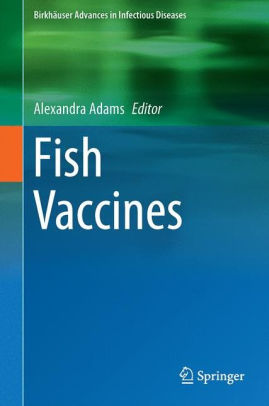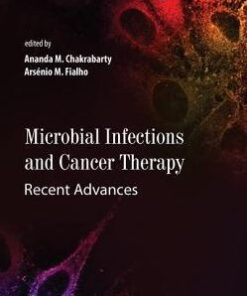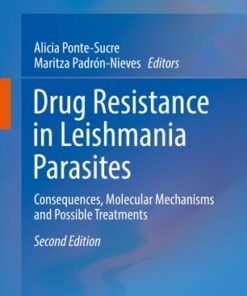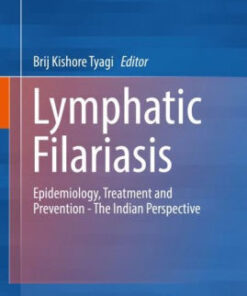(eBook) Fish Vaccines By Alexandra Adams
$18.00
Download instantly Fish Vaccines By Alexandra Adams. It is ebook in PDF format.
ISBN-10: 3034809786 ISBN-13: 9783034809788
Preview
This is the PDF eBook version for Fish Vaccines By Alexandra Adams
Table of Contents
Chapter 1: Fish Disease Causing Economic Impact in Global Aquaculture
Introduction
Salmonids
Viral Diseases of Salmonids
Bacterial Diseases of Salmonids
Parasitic Diseases of Salmonids
Carp
Viral Diseases of Carp
Bacterial Diseases of Carp
Fungal Diseases of Carp
Bacterial and Viral Diseases in Tilapia
Bacterial and Viral Diseases in Catfish
Parasitic Disease in Catfish
Marine Fish Aquaculture
Viral Disease in Marine Finfish
Bacterial and Parasitic Disease in Marine Fish
Conclusions
References
Chapter 2: Overview of the Fish Adaptive Immune System
Introduction
MHC Class I and Class II Molecules
T-Cell Receptors
T-Helper Cell-Associated Cytokines
Cytotoxic T Cells and Antiviral Immunity
Helper T-Cell Activation and Memory
B-Cell Activation
B-Cell Maturation
Immunoglobulins (Ig) and B-Cell Populations
Memory B Cells
Markers of Protection
Conclusions
References
Chapter 3: Development of Fish Vaccines: Focusing on Methods
Introduction
Immunological Basis
Immunity and Vaccination of Fish
The Start
Current Vaccines in Different Markets
Development Trends
Modalities: Mucosal Vaccines
Modalities: Injection Vaccines
Modalities and Fish Size
Non-replicating or Nonlive Vaccines
Adjuvants and Principle of Action
Immunomodulation
Molecular Technologies
Recombinant Vaccines
Subunit Vaccines
Genetically Modified Vaccines
Vector Vaccines
DNA Vaccines
Marker Vaccines
Vaccines Against Parasitic Diseases
Future Directions
References
Chapter 4: Adjuvants and Delivery Methods: Current and Novel
Introduction
Principles of How Adjuvants Work
Signal 1 Adjuvants Used in Fish Vaccinology
Freund’s Complete Adjuvant
Freund’s Incomplete Adjuvant
Montanide
Other Mineral Oil Adjuvants
Signal 2 Facilitators and TLR Ligands as Adjuvants or Immunostimulants
Aluminium-Containing Adjuvants
ß-Glucans
Saponins
Poly I:C
Lipopeptides
Flagellins
Synthetic Oligodeoxynucleotides
Cytokines
Immersion Delivery of Fish Vaccines
Novel Strategies for Oral Vaccination
Microparticles/Nanoparticles
PLGA Particles
ISCOMs
Alginate
Chitosan
Alternative Methods for Oral Delivery
Conclusive Remarks and Perspectives
References
Chapter 5: Fish Vaccines: The Regulatory Process and Requirements from the Laboratory Bench to
Introduction
Vaccine Types
Antigen Development
Vaccine Development Process
In-Process Testing
Assay Development and Validation
Formulation/Blending of Bulk Vaccine
Selection of Final Containers
Development Testing/Preregistration Testing
Final Product Testing
Batch Consistency
Stability
Compiling the Registration Dossier
The Application for a Marketing Authorisation
Manufacturing Standards
Routes to Obtaining a Marketing Authorisation in the EU
Preparing for the Launch
Post Launch
References
Chapter 6: Methods for Measuring Efficacy, Safety and Potency of Fish Vaccines
Efficacy, Safety and Potency: What Does It Mean?
Controlled Clinical Trials with Fish Vaccines
Clinical Method Development for Licensing and Batch Release
Evolution of (European) Scientific Guidelines for Licensing Fish Vaccines
Evolution and International Harmonisation of Methodologies
The Difference Between Batch Quality Testing and Studies to Scientifically Demonstrate Vaccine S
Methods for Batch Safety Testing of Fish Vaccines
Methods for Batch Potency Testing of Fish Vaccines
Refinement of Animal Use During Routine Batch Potency Testing
Methods for Documentation of Clinical Safety
Methods for Efficacy Documentation
Field Trial Methodology
Outlook
References
Chapter 7: Potential of DIVA Vaccines for Fish
Introduction: Disease Management in Aquaculture Using Vaccination and Serology
Control of Notifiable Diseases in Aquaculture
Definition of Marker and DIVA Vaccines
Application of DIVA Vaccines in Terrestrial Animals
Potential of DIVA Vaccines for Disease Control in Aquaculture
Use of Marker Vaccines
Diagnostics Tests to Accompany DIVA Vaccines
Genetic DIVA Strategy
The Role of Fish Antibodies as Markers of Infection
Concluding Remarks
References
Index




